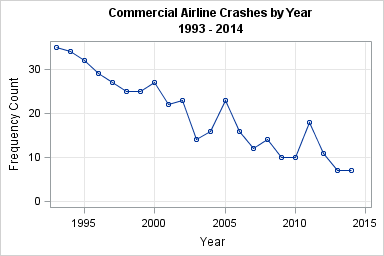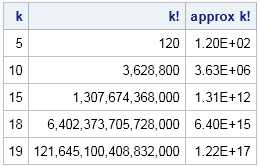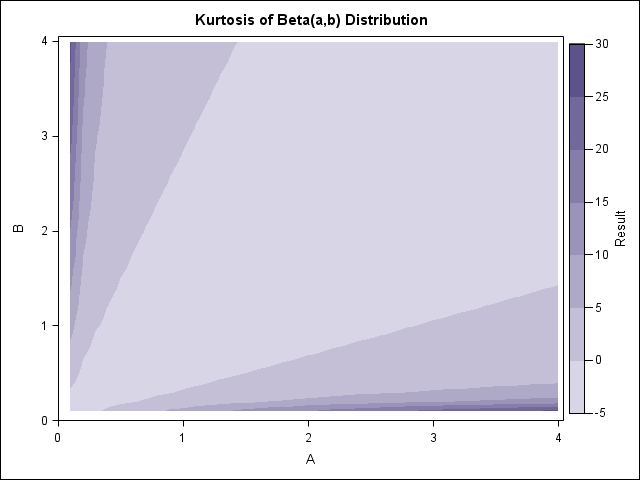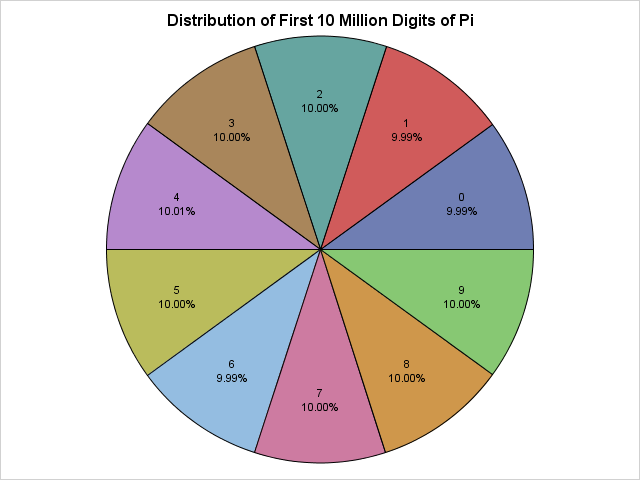
Today is my 600th blog post for The DO Loop. I have written about many topics that are related to statistical programming, math, statistics, simulation, numerical analysis, matrix computations, and more. The right sidebar of my blog contains a tag cloud that links to many topics. What topics do you,








